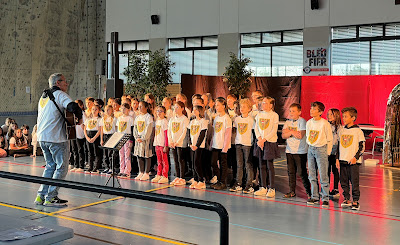Red Baron has long known and respected Dr. Schwendemann as the expert on Freiburg's Jewish and Nazi history.
Before I started writing blogs, Heinrich once led a group and explained how Freiburg had changed structurally during the Nazi era and would have changed after the final victory.
The name Joseph Schlippe recurred throughout the tour. As Freiburg's master builder under the Nazis, he retained this post after the war.

|
| ©Förderverein NS-Dokumentationszentrum |
Following the bombing raid of November 27, 1944, which destroyed the city center, Schlippe essentially implemented his idea of arcades after the war to expand the traffic area on Kaiser-Josef-Straße.
Before the coronavirus brought human contact to a virtual standstill, Dr. Schwendemann's last guided tour took place in March 2020. In freezing temperatures, he led us through the Jewish Freiburg.
Due to his trip to Hamburg, Red Baron could not attend the seminar introduction and only joined the participants on the second evening. The event is scheduled every second week in a room on the upper floor of the Breisacher Tor.
On November 5, the session's topic was: "Fall 1944, People's War at the Upper Rhine?"

|
| Territory lost by the German armed forces between April and December 1944 |

|
| The Military Situation on the Upper Rhine in early 1945 |

|
| Old men and children are called into service to build ramps. |













































